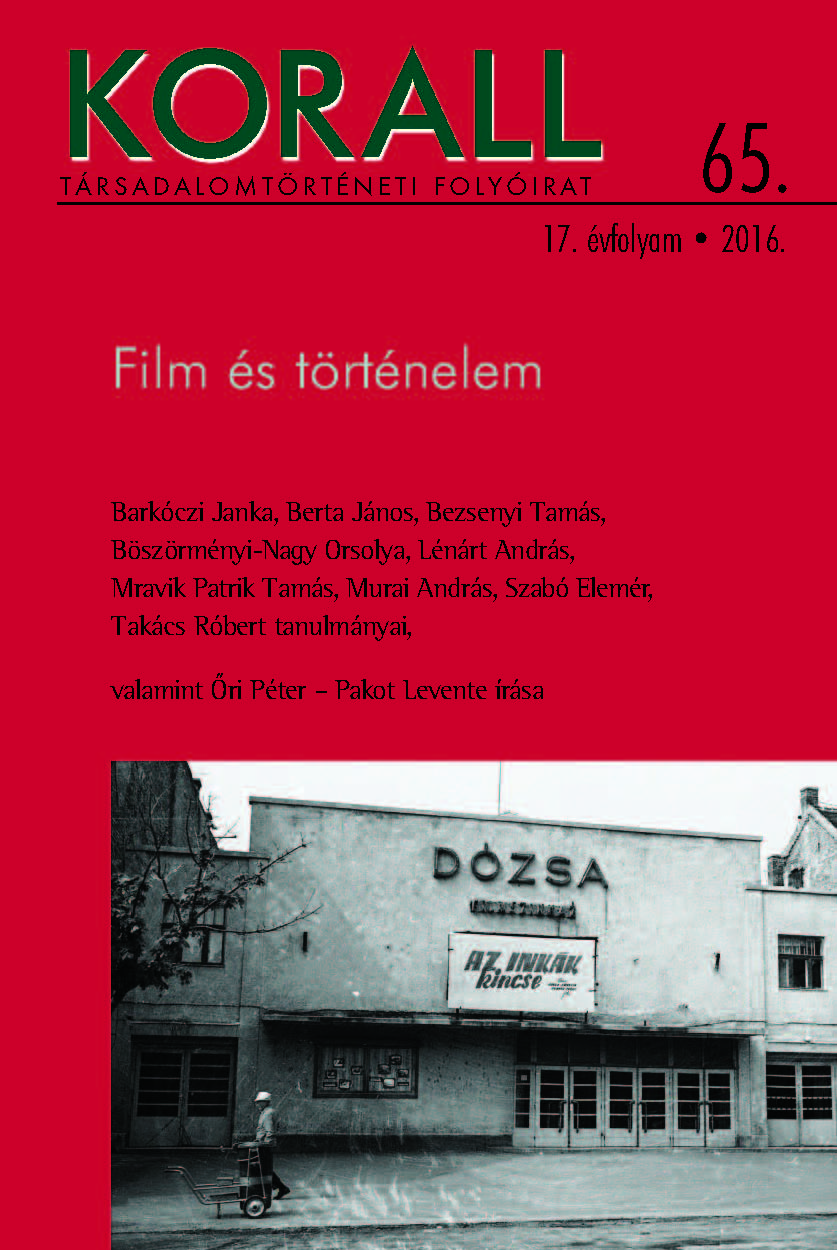Újrahasznosított felvételek
Recycled Footage
1956 Footage in the PublicDiscourse of the Early Kádár Era
Author(s): András MuraiSubject(s): Social history, Film / Cinema / Cinematography
Published by: KORALL Társadalomtörténeti Egyesület
Keywords: history;film;socialism;
Summary/Abstract: The study examines where and in what form 1956 footage was used and presented to the public in the first decade of the Kádár era. First, Murai focuses on the individuals who captured the events of the 1956 Revolution on film, tracing the history of the footage after the revolution. A significant amount of footage was taken abroad, the rest was forcefully confiscated and placed under the government’s control. As dictated by the memory politics of the Kádár era, footage shot during the revolution was first used in political propaganda films. In 1957, the ideological tenets of the regime were formulated, in which the creation of the ‘counter-revolution’ interpretation played a central role. One of the key elements of the ensuing propaganda campaign was visual memory, especially reframing and re-interpreting footage shot in October and November 1956, the subject of Murai’s enquiry. After the years of retaliation, from the beginning of the 1960s onwards, some of the footage is repurposed in feature films following the ‘agreement’ brokered between the establishment and the filmmakers. The role of these moving images in this context was to recreate the visually authentic setting of the era, at the same time they also contributed to a more nuanced representation of the revolution. 1956 footage was first featured in a motion picture in the 1963 film Dialogue (Párbeszéd) directed by János Herskó. The study devotes a detailed analysis to this film, especially the view of history it represents, the function of inserting archival footage into the film, and its reception in contemporary media.
Journal: Korall - Társadalomtörténeti folyóirat
- Issue Year: 2016
- Issue No: 65
- Page Range: 78-89
- Page Count: 12
- Language: Hungarian

